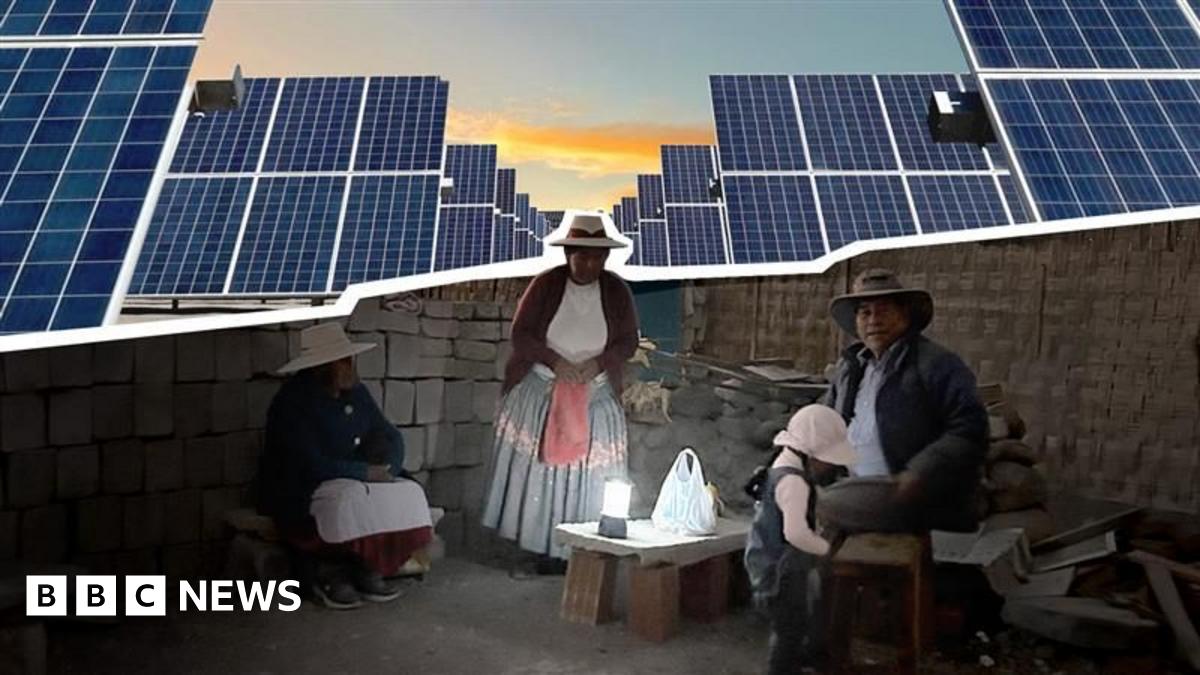None of Pampa Clemesí’s 150 residents have access to the national power grid.
A few have solar panels donated by Rubí’s operator, Orygen, but most can’t afford the batteries and converters needed to make them work. At night, they use torches – or simply live in the dark.
The paradox is striking: the Rubí solar power plant produces around 440 GWh a year, enough to supply electricity to 351,000 homes. Moquegua, where the plant is located, is an ideal site for solar energy, receiving over 3,200 hours of sunshine annually, more than most countries.
And that contradiction becomes even sharper in a country currently experiencing a renewable energy boom.
In 2024 alone, electricity generation from renewables grew by 96%. Solar and wind power depend heavily on copper due to its high conductivity – and Peru is the world’s second-largest producer.
“In Peru, the system was designed around profitability. No effort was made to connect sparsely populated areas,” explains Carlos Gordillo, an energy expert at the University of Santa María in Arequipa.
Orygen says it has fulfilled its responsabilities.
“We’ve joined the government project to bring electricity to Pampa Clemesí and have already built a dedicated line for them. We also completed the first phase of the electrification project, with 53 power towers ready to operate,” Marco Fragale, Orygen’s executive director in Peru, told BBC News Mundo, the BBC’s Spanish-language service.
Fragale adds that nearly 4,000 metres of underground cable were installed to provide a power line for the village. The $800,000 investment is complete, he says.
But the lights still haven’t come on.
The final step – connecting the new line to individual homes – is the government’s responsibility. According to the plan, the Ministry of Mines and Energy must lay about two kilometres of wiring. Work was slated to begin in March 2025, but hasn’t started.
BBC News Mundo tried to contact the Ministry of Mines and Energy but received no response.
